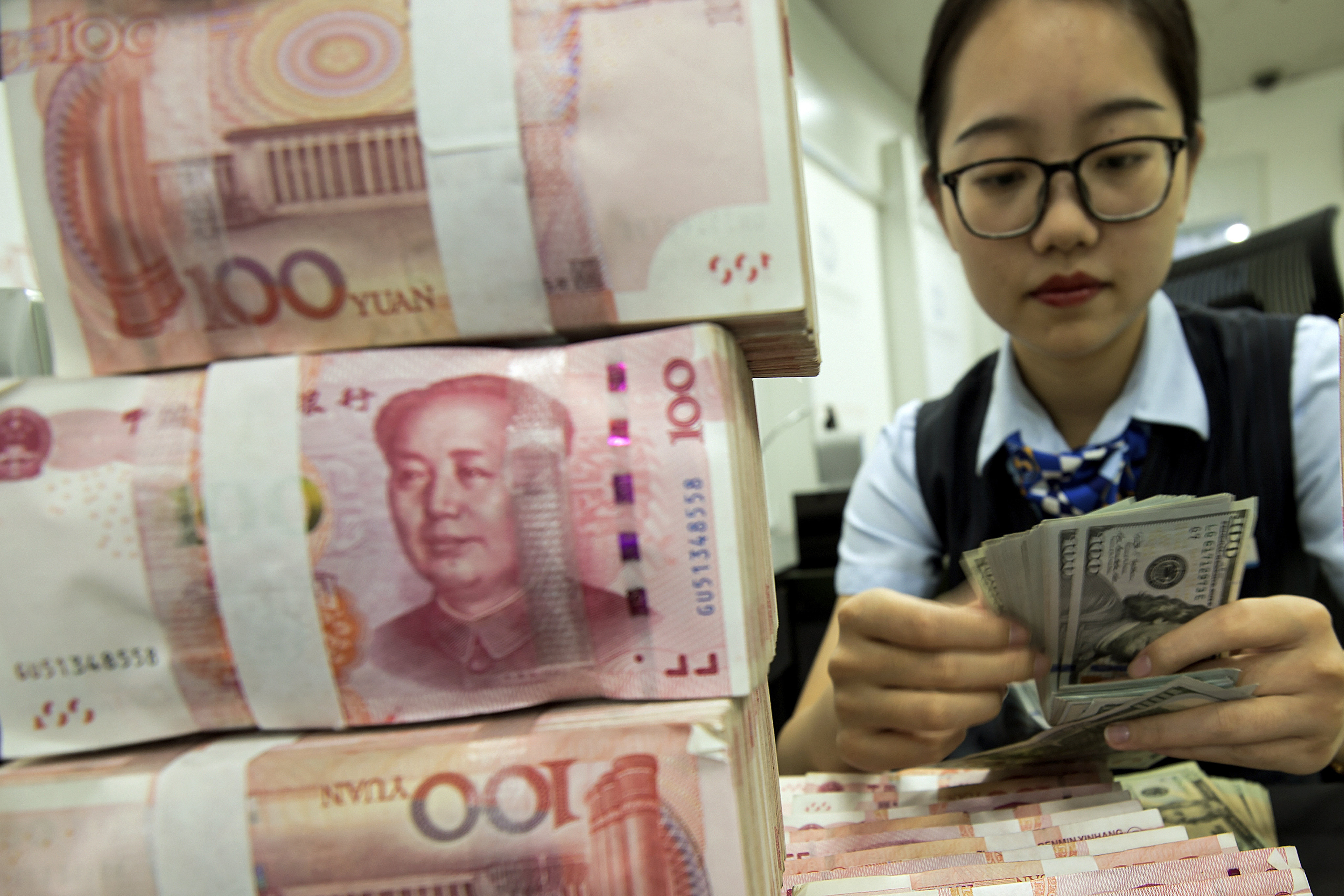Fourth, the market-oriented reform of the RMB exchange rate has been advanced
so as to keep the RMB exchange rate basically stable at an adaptive and
equilibrium level. The PBC has exited from regular interventions in the foreign
exchange market, and market supply and demand now play a decisive role in the
formation of the RMB exchange rate. While giving play to the exchange rate as a
pricing signal, it has enhanced the efficiency of resource allocation. The PBC has stuck
to the market-oriented reform, enhanced the RMB exchange rate flexibility, given play
to the exchange rate as an automatic stabilizer for the macro economy and the balance
of payments, and promoted a balance between internal and external equilibria. The PBC
has established and has continuously improved macro-prudential management for
cross-border financing,
employed instruments such as the RRR for foreign currency
deposits, and guided financial institutions to optimize management of foreign exchange
assets. It has guided enterprises and financial institutions to be risk-neutral, enhanced
expectation management, and maintained the smooth operation of the foreign exchange
market. Since 2018, the RMB exchange rate has withstood a variety of major external
shocks with enhanced flexibility and it has played its role as an automatic stabilizer for
the macro economy and the balance of payments. The RMB exchange rate has
witnessed appreciations and depreciations, moving in both directions and remaining
basically stable at an adaptive and equilibrium level. From 2018 to 2021, there were
973 trading days on China’s foreign exchange market, during which the central parity
of the RMB exchange rate against the US dollar appreciated on 485 days, depreciated
on 487 days, and remained unchanged on one day.
At end-March 2022, the central
7
parity RMB exchange rate against the US dollar was 6.3482, appreciating 0.4 percent
compared with the end of the previous year.
Going forward, the PBC will continue to improve the framework for a modern
monetary policy, promote high-quality development, and accelerate the building of a
new development paradigm with domestic circulation as the mainstay and domestic and
international circulation reinforcing each other.

